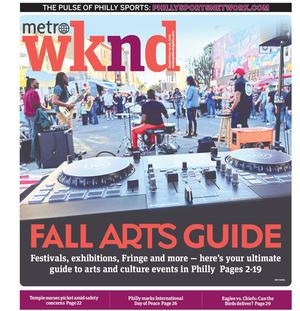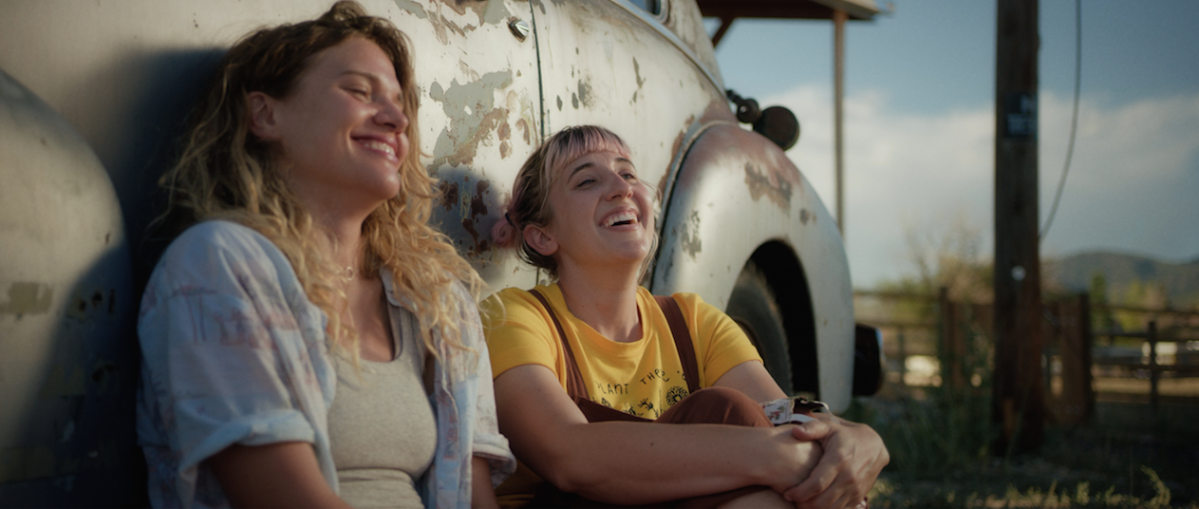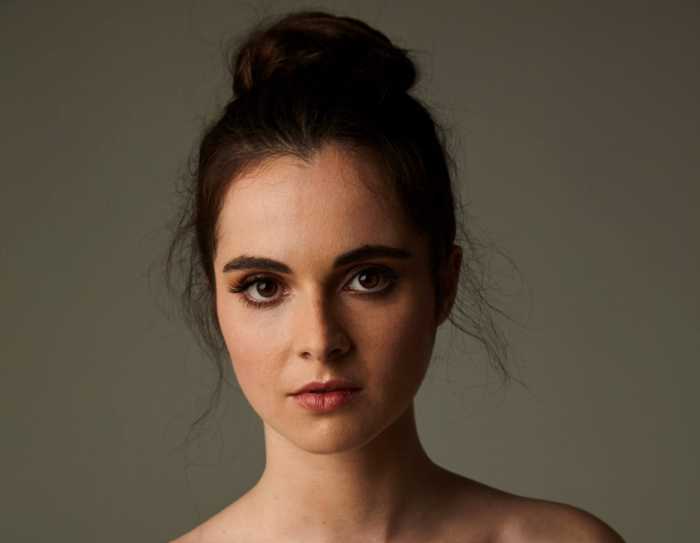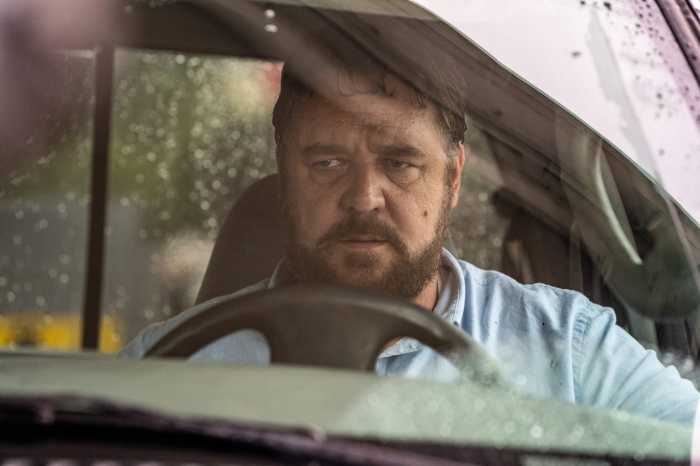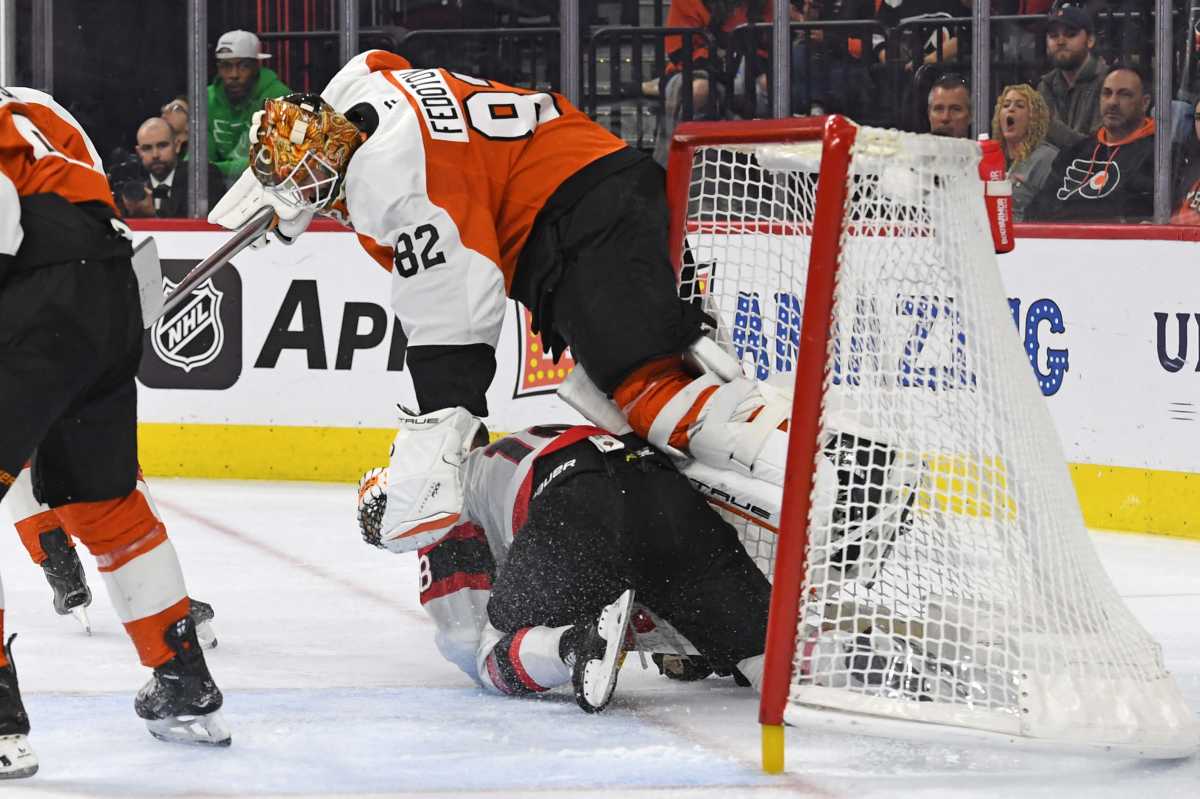Best friends turned sisters for their first feature Mallory Everton and Whitney Call are used to wearing many hats. The filmmakers who have known each other for years have spent their creative careers in web series, writing plays and doing everything both on and off the camera—which definitely helps with their first feature film being made during a global pandemic.
‘Stop and Go’ was born out of a need for innovation during COVID-19, and it takes place it that very same bubble. Sisters Blake and Jamie go through the all too familiar lock-down and quarantine together after gearing up for 2020 to be the best year yet, but after a call from their grandmother, who’s home has just been infected by the virus, they decide that they need to set out on a road trip to save her and her dog. The film takes place 90% in their car, but the hilarity ensues from the small moments—the conversations, the singing along with the radio, the awkward text messages between a guy you like, or even the unbelievable problems that housing a hamster can bring (this will make more sense once you watch the film.)
With only 12-14 days on set, a limited budget and a huge amount of work—both Everton and Call wrote/starred in the film while Everton co-directed, edited and Call worked on wardrobe—the forces behind ‘Stop and G0’ talk about how they wanted to be a bright spot of relatability and comedy during a dark time.
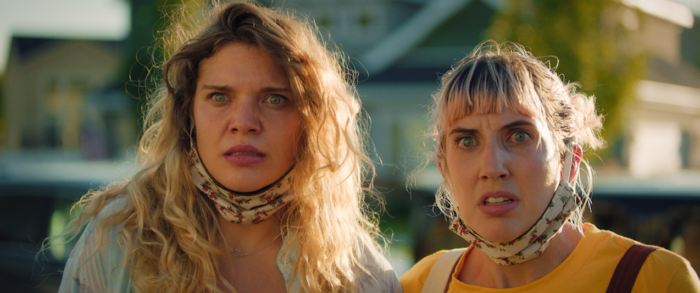
This film takes place during the pandemic, but where did the inspiration for this story come from?
ME: I think a lot of it was that we wanted to stay busy, we wanted to create a little artificial momentum in our lives. We’d always wanted to make a feature, and about three months into the pandemic we were both losing our minds—we’re used to having something to sink our teeth into all of the time. We thought: Well is there anything we can do alone? There’s got to be a story to tell with the two of us. So, we started there and started thinking about the simplest movies ever made, we’ve both seen ‘The Trip’ and ‘Locke’ and those movies take place largely in cars, they’re great and riveting. It was inspiring and so we decided whatever we could make, we wanted to try and make and that’s what we ended up doing.
What was the experience like then not just making your first feature, but also a feature during COVID?
WC: I think we had maybe been training for this for a while. Just the two of us have been working together on things for pretty much our whole lives, we’ve known each other since we were 8. We’ve worked on plays and then we’ve worked on sketch comedy and a couple years ago we started along with a few of our friends a company where we made web series, so during that time it was so many years where we wore so many hats. We kind of got used to the roles of writer-actor but also director, producer, wardrobe, props, location—all of these things. When this film came along, gosh in some ways this was the best time to make a movie and in some ways definitely the worst…but we got to this point where [we saw] all the films that are coming out and made during the pandemic are very low-scale with scaled back crews and simple locations because that’s what everyone had to work with. I think we were all just comfortable with smaller. So, I think maybe we were able to blend into the landscape because of that. That was the reality of the time.
ME: There were great things about it and then also absolutely terrible things that I hope to never repeat. But on the great side of things, I don’t think anyone could ask for a better creative vacuum then total isolation with your close family friends and crew that you love working with. It really broke down a lot of creative walls for all of us because we only had so much time and money. That meant we had to be really adaptable. There were days that we threw out pages and re-wrote them that morning. We were committed to making something and not really knowing what that was going to be. It was a true adventure that I hope to never repeat, but I’m also truly grateful for.
How would you describe each of your characters and the personal journey they go on throughout the film?
WC: That’s something we chatted a lot about during the writing process. We very much knew that with the limited resources we had, we knew each other’s voices and we knew our chemistry—that really lent well for us to make a script that felt very whole in terms of the kind of relationship and how relatable [they were.] As far as their personal journeys, we also kept those closer to our related experiences. I know that for Jamie in particular, it was a quiet journey of just like I’m an “over-functioner”, and that’s how I am in real life. It was a way to distract myself from the internal feeling of if I stop, I’m not going to make it. I don’t think I have the tools to deal with the overwhelming nature of how my life has changed in an instance. All the dreams I was working for and all the over-functioning I was doing in this direction all of the sudden just hit this brick wall. That was Jamie’s journey and you can see just the tip of the iceberg when she faces something like that.
ME: We talked about playing to the strengths of previous characters we’ve played, but we also wanted them to be very close to who we were as people, partially because we were wanting to make something where we would feel genuine and where people would feel connected to us. It felt safest to do that and in a lot of ways we talked about who are these two people in this moment which feels totally different than what people are in real life? I still think about all the time, when you shut off work and shut off your social life, you turn into your identity. You have this quiet journey with Jamie and you have this very emotional and outward feeler and performative journey from my end, which is how I am in real life. We in real life balance each other well and we hope that comes across in the movie.
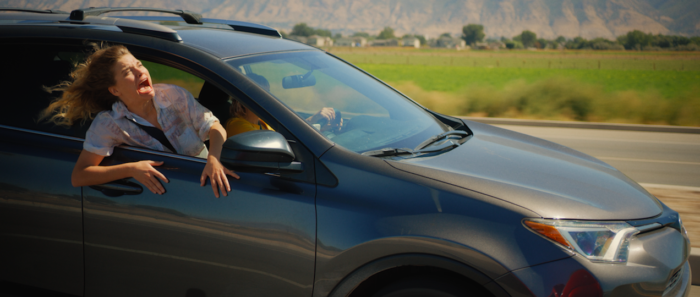
Something I take away from the film is you obviously can’t control everything, but you can find some humor in situations or someone you could at least laugh with—is that something you want people to take away from it?
ME: Yes and that’s our main cause and purpose. I think that’s the reason we came together and we’re drawn to each other too—you know floating off into space in a tiny vacuum with somebody that can make you laugh isn’t as scary as it would be by yourself or with somebody that is just very serious all day long all the time. Most of us need diversion even on our very worst days, we need to laugh. So, we wanted to make something about this time that wasn’t a huge bummer because we were literally needing a lift. Let’s try to keep something that would keep it lighter and would keep it moving and that was definitely by design… partially for our own sanity and partially because that’s the gift we know how to give.
WC: I’ve come to just be really excited about this aspect of the film. Normally in buddy movies there’s a fight between the two main characters and we intentionally left that out because everyone is already at each other’s throats during this time, there is just so much to fight about and there is still so much to fight about especially if you’re fearing for your life and relationships and people closest to you. It gets to the point of recognizing, hey we have enough of that in our lives and have enough of that in the media too that we don’t need to follow that mold. Realistically, in this situation these women wouldn’t turn on each other because they’re all they have right now. Let’s not give people what they need right now, let’s give them what would actually happen in a moment where we’re at our rock bottom.
‘Stop and Go’ releases in theaters and On Demand Oct. 1.
